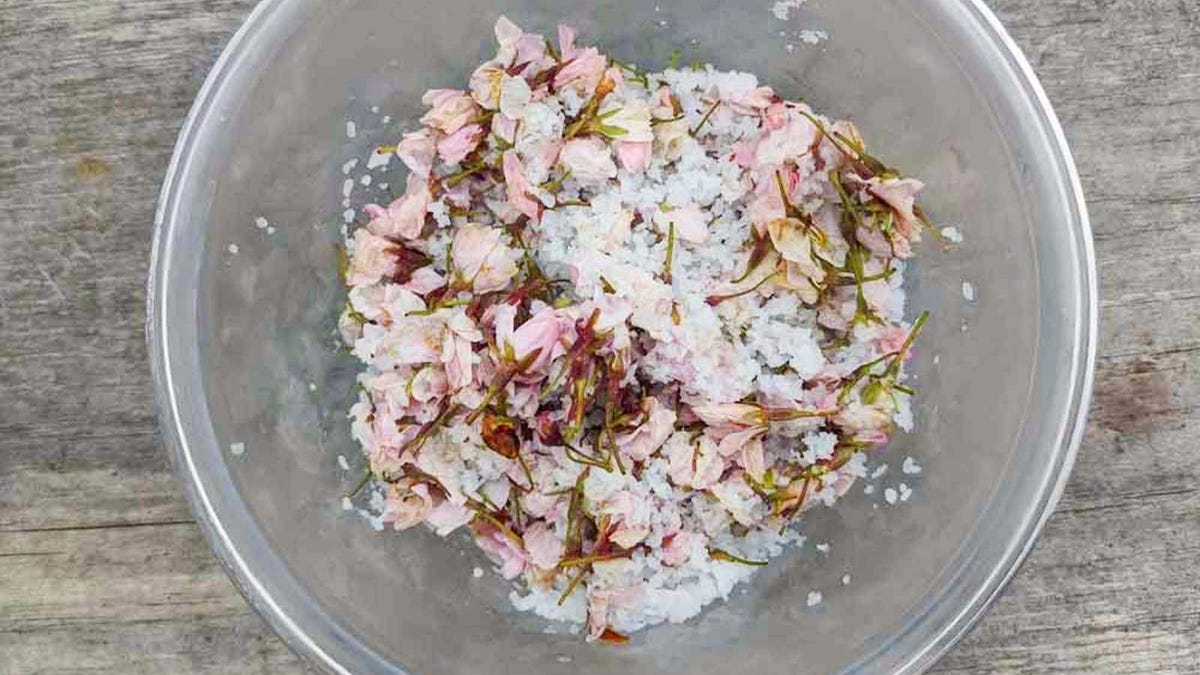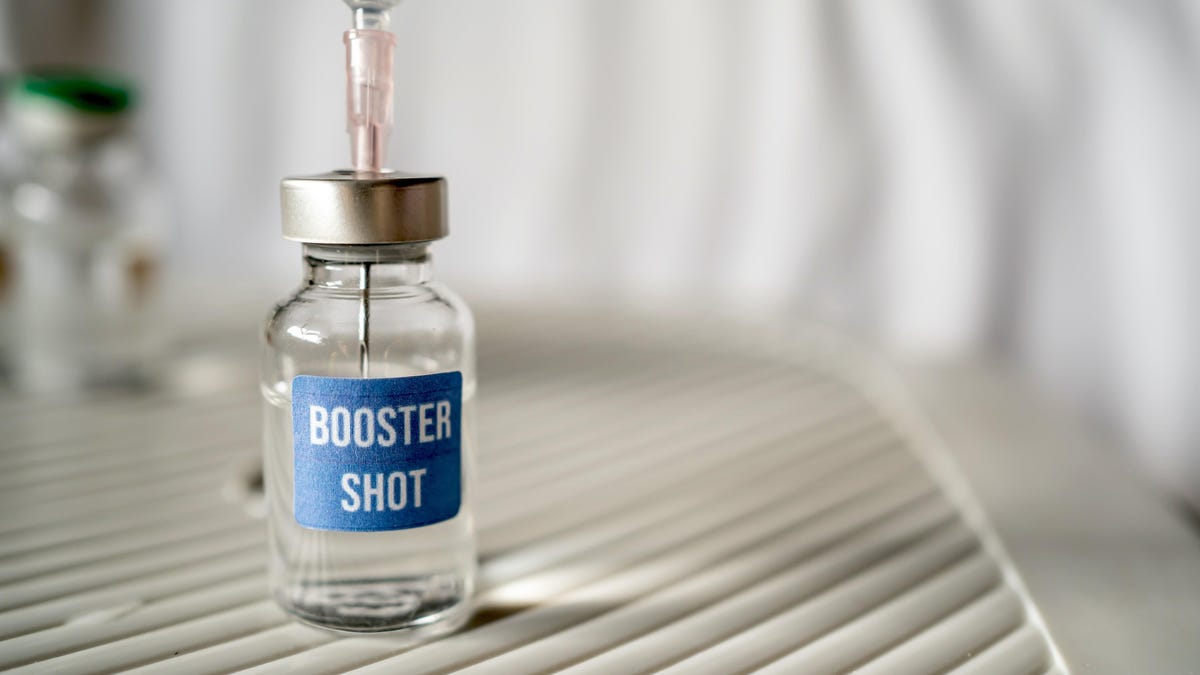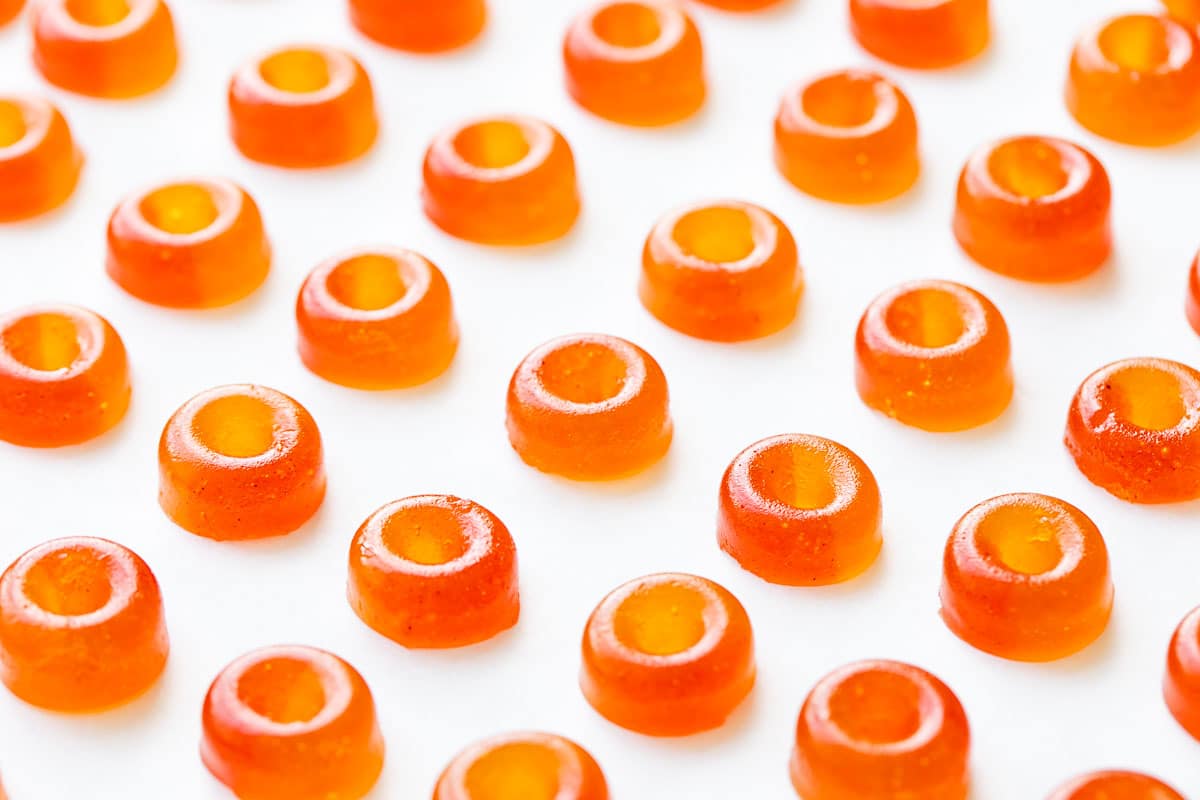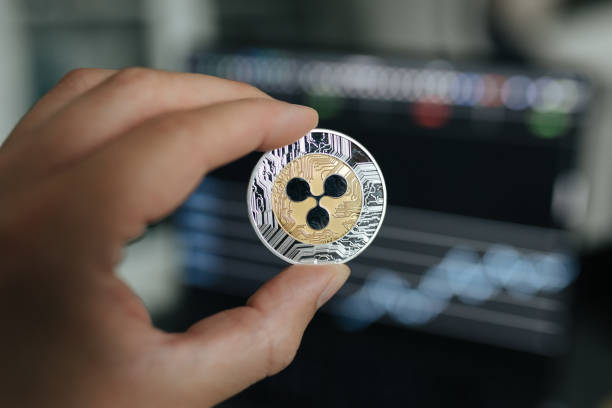Pickle Some Cherry Blossoms Before It's Too Late
They call it the Flower Bomb. Read more...


Photo: Amanda Blum
They call it the Flower Bomb.
Pink cotton balls the size of trucks have been installed along the sidewalks where mere twigs stood last week. By the middle of April, the slightest breeze will cause it to snow pink petals, which will soon be carpeting the streets. It’s cherry blossom time, and it appears overnight.

Photo: Amanda Blum
During this weeks-long pinkpocalypse, neighbors chill on front lawns, more sociable than usual; though it may be an illusion, everyone seems a smidge more content. Since contentment is in short supply these days, I have been wondering how to bottle that moment in time. Last year, the ancient Asian pickling gurus sent a plan my way: pickle some of those cherry blossoms.
It’s really not difficult. Find cherry trees that you know haven’t been sprayed. Make sure they’re actually cherry trees, as lots of blossoms look the same; a quick count of petals will help. The blossoms can be from fruiting or non-fruiting trees, but the latter are preferable in my opinion, because each blossom on a fruiting tree is a potential cherry, and I wouldn’t dream of robbing anyone of their cherries.

Photo: Amanda Blum
G/O Media may get a commission
The perfect time to harvest the blossoms is on a sunny day after a rain, when the blossoms are clean and dry. Otherwise, head out in mid-morning, after the dew has dried. Pluck your blossoms, aiming for younger, partially open buds.

Photo: Amanda Blum
Head inside
and layer blossoms and sea salt in a glass
or other non-reactive container with a lid
, using a ratio of one part salt to four parts cherry blossoms by weight (25 grams salt to 100 grams of blossoms). I wipe the inside of the glass with vodka to ensure it is really clean before I start layering.
Once you’re done layering, place a plastic bag in
the
container
. (Use a Ziploc or vacuum seal bag, which are thicker
, instead of a grocery store produce bag, which is so thin it will leak or tear.) Open the bag at the top and add enough water so that it fills the rest of the container
, pushing out all the air
and putting
some pressure on the blossoms and salt. Position the bag with the top flopping
over the edge of the bowl and snap on the lid. Now you have an airtight seal.

Photo: Amanda Blum
Over the next few days in the fridge, the salt will mix with the moisture coming off the blossoms to make a vinegar and, thanks to our water bag, the blossoms will remain immersed in that liquid. After three days, you have two choices: dry the flowers, or to put them into an umeshu bath. To dry them, just rinse them off and put them in a dehydrator, or an oven set to the lowest possible setting.

Photo: Amanda Blum
I prefer them in umeshu, so I give them an ice water bath and drain them well, then repeat two more times, ton make sure I’ve gotten rid of all of the salt. Next, I (very carefully) spread the petals out on a tea towel and roll it gently to squeeze out the water. I then place them in a glass jar and fill it with umeshu to cover. (Umeshu is plum vinegar from making umeboshi, which we’ve talked about before. You can buy it.) (To be fair, you can also just buy salt-preserved cherry blossoms, but where is the fun in that?)
While you could use any vinegar here, umeshu is the traditional choice, and worth tracking down for its pungent, salty-sweet funk. You can leave the jar of blossoms in the fridge or out on the shelf. (They’re in vinegar, so the pH will remains safe so long as all the blossoms are submerged, but if it makes you nervous and you have the fridge space, it won’t hurt to chill them.)
Make sure to pickle enough blossoms for the year, because you really only get a limited amount of time to make them. Traditional uses include onigiri and wagashi such as Sakura Mochi, but once they’re in your kitchen, taunting you from a shelf, you’ll find some additional excuses to get that umami.

Photo: Amanda Blum
Ice cream
I love salty and sweet, which is why I put umeshu in whipped cream, but vanilla or matcha ice cream are elevated in the most divine way with a scant few salted cherry blossoms on top.
Sushi
If you’re looking to shake up your vegan sushi game, here you go—a simple maki with cherry blossoms, preserved magnolia blossoms, and cucumber offers a springy slap to the tastebuds. Just adding cherry blossoms to sushi rice is spectacular, but turning them into onigiri like Jane Hashimawari is even better.
Pork roast
I like how the salt and sweet of these blossoms cuts the richness of a pork roast, so I make a very basic cherry glaze (see a similar one I used on duck here), then garnish with a few cherry blossoms.
Cauliflower bisque
I make a cauliflower bisque every year. Simply sauté some leeks and onions, then add a chopped head of cauliflower, including the greens. Cover with stock and allow to simmer for 30 minutes. Blend it long enough to get it silky smooth and add 1 part heavy cream to 4 parts soup before blending again. The end result is so luxurious, and with a salted cherry blossom garnish, it’s one step closer to heaven.
Even if you don’t know how you’ll use them (yet), get your ass outside for an hour and spend it slowly plucking buds off a cherry tree, staring up into the sky from beneath a giant pink cotton ball. If nothing else, this simple outdoor activity will make you feel a little more content.

 Hollif
Hollif 































